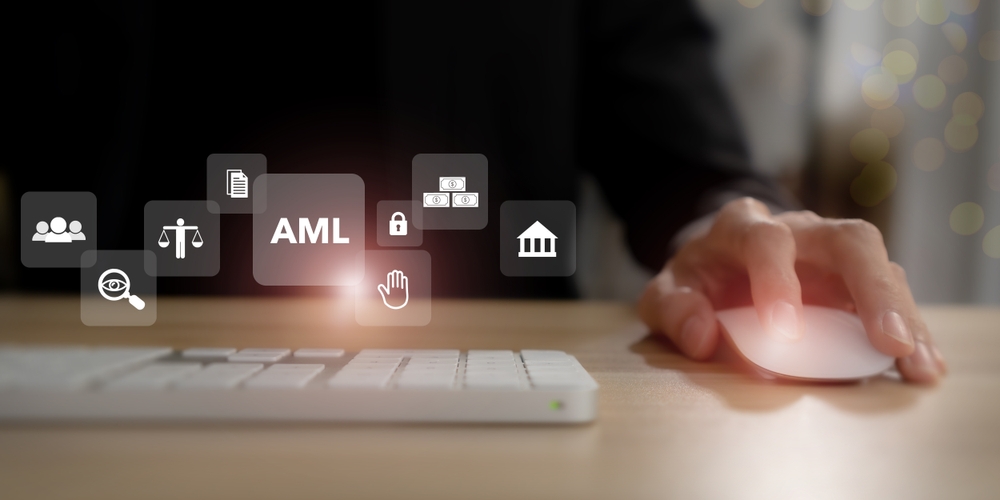
Real-Time AML Checks: Enhancing Compliance and Security in Financial Transactions
In today’s digital world, financial crimes are evolving rapidly, challenging institutions to innovate their protective measures. Traditional methods of detecting money laundering fall short, making real-time Anti-Money Laundering (AML) checks essential. These checks offer a dynamic approach to spotting suspicious activities immediately, enabling swift action to prevent financial crime. This guide explores the importance, implementation, and impact of real-time AML checks on compliance and security.
The Importance of Real-Time AML Checks
Real-time AML checks are crucial because they allow financial institutions to detect and address suspicious activities instantly, significantly reducing the risk of money laundering and related crimes. Unlike periodic AML reviews, real-time checks offer continuous monitoring, ensuring no transaction goes unnoticed.
Key Benefits:
- Immediate Detection and Response: Spot suspicious transactions as they happen.
- Enhanced Compliance: Continuous monitoring aligns with regulatory requirements.
- Reduced Fraud: Prevents fraudulent activities in real-time.
How Real-Time AML Checks Work
Real-time AML checks use advanced technology to monitor transactions as they occur. These systems leverage algorithms and machine learning to analyze patterns and flag suspicious activities.
Key Components:
- Automated Monitoring Systems: Continuous scanning using AI to detect anomalies.
- Data Integration: Integrates with customer databases and external watchlists.
- Alert Mechanisms: Generates alerts for the compliance team to investigate.
Implementation Strategies for Real-Time AML Checks
Implementing real-time AML checks involves several steps to ensure success:
- Assess Your Needs: Evaluate your current systems and identify gaps.
- Choose the Right Technology: Select scalable AML software with real-time capabilities.
- Integrate with Existing Systems: Ensure seamless integration and data synchronization.
- Train Your Team: Provide comprehensive training and ongoing support.
- Monitor and Optimize: Regularly review system performance and gather user feedback.
Enhancing Compliance with Real-Time AML Checks
Real-time AML checks ensure compliance with regulatory requirements by providing continuous oversight, helping institutions avoid fines and penalties.
Regulatory Benefits:
- Adherence to AML Laws: Ensures compliance with global regulations.
- Audit Trail: Maintains detailed records for audits.
- Proactive Compliance: Keeps up with regulatory changes by updating monitoring rules.
Case Study: Real-Time AML Checks in Action
A mid-sized bank faced challenges with periodic AML reviews, missing suspicious activities between reviews. By implementing a real-time AML system, the bank improved detection, enhanced compliance, and increased efficiency.
Results:
- Improved Detection: 30% more suspicious activities identified.
- Enhanced Compliance: Continuous monitoring ensured regulatory adherence.
- Increased Efficiency: Reduced workload on the compliance team.
Future Trends in Real-Time AML Checks
AML technology is continuously evolving. Future trends include:
- Artificial Intelligence and Machine Learning:
- Enhanced Algorithms: Improved accuracy and reduced false positives.
- Predictive Analytics: Identifies risks before they materialize.
- Blockchain Integration:
- Transparency: Immutable transaction records.
- Traceability: Easier tracking of digital assets.
- Cloud-Based Solutions:
- Scalability: Handle increased transaction volumes.
- Cost-Effectiveness: Reduce maintenance costs.
Real-time AML checks are crucial for fighting financial crime. They provide continuous monitoring and immediate response, helping institutions stay compliant and secure. As technology evolves, integrating advanced AML solutions will be key to staying ahead of criminals and protecting financial transactions.
Ready to implement real-time AML checks and enhance your compliance strategy? Explore iComply’s cutting-edge AML solutions today. Our innovative platform offers seamless integration, advanced monitoring capabilities, and customizable compliance tools tailored to your business needs. Contact us now to learn more and schedule a demo. Secure your financial transactions and ensure regulatory compliance with iComply—your trusted partner in AML solutions.



